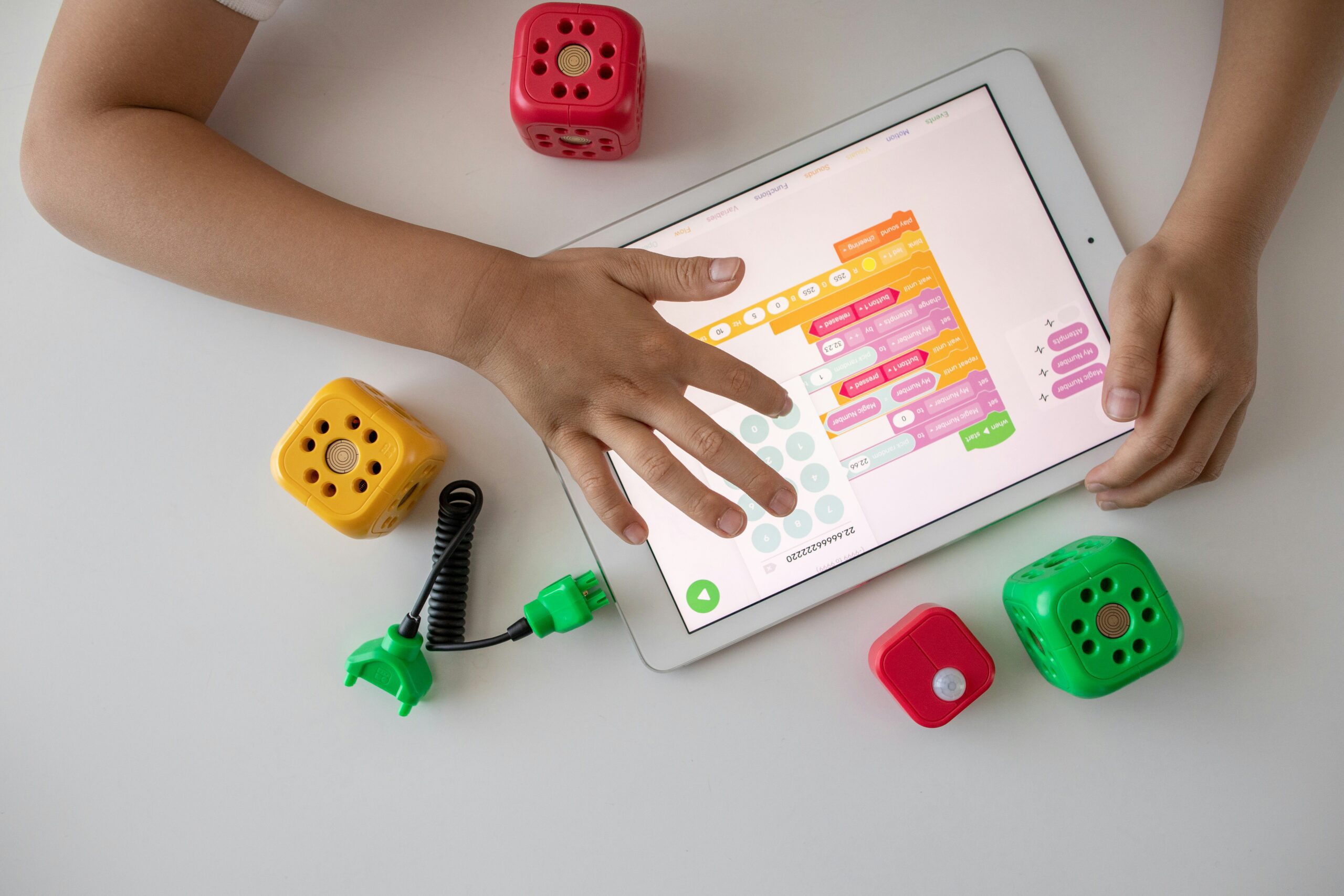In today’s digital age, traditional methods of education are being transformed by interactive learning platforms. These platforms not only provide students with access to a wealth of educational resources but also engage them through intuitive user interface (UI) and user experience (UX) design. By leveraging the power of technology and thoughtful design, interactive learning platforms are revolutionizing the way students learn and retain information.
UI/UX design plays a crucial role in creating an engaging and user-friendly learning experience. The UI focuses on the visual elements of the platform, such as layout, colors, and typography, while the UX focuses on the overall experience and usability. When these two aspects are combined effectively, they create an immersive and interactive learning environment.
One of the key advantages of interactive learning platforms is their ability to cater to different learning styles. Through the use of multimedia elements, such as videos, images, and interactive quizzes, students can engage with the content in a way that suits their individual preferences. For example, visual learners can benefit from videos and infographics, while auditory learners can listen to audio lectures or podcasts. By offering a variety of learning materials, these platforms ensure that students can grasp and retain information more effectively.
Furthermore, interactive learning platforms provide students with the opportunity to actively participate in the learning process. Through features like discussion boards, virtual classrooms, and collaborative projects, students can engage with their peers and instructors, fostering a sense of community and enhancing their understanding of the subject matter. This interactive aspect of the platforms encourages active learning and critical thinking, as students are encouraged to ask questions, share ideas, and solve problems together.
Another benefit of UI/UX design in interactive learning platforms is the ability to personalize the learning experience. These platforms often incorporate adaptive learning algorithms that analyze students’ performance and tailor the content to their individual needs. By tracking their progress, identifying areas of weakness, and providing targeted feedback, these platforms ensure that students receive a personalized learning path that maximizes their potential for success. This level of personalization not only boosts students’ motivation but also ensures that they are challenged at the appropriate level.
Moreover, UI/UX design in interactive learning platforms can also enhance accessibility for students with disabilities. By incorporating features such as screen readers, closed captions, and alternative text for images, these platforms ensure that all students can access and engage with the content. This inclusivity is essential in creating an equitable learning environment where every student has an equal opportunity to succeed.
In conclusion, interactive learning platforms are transforming education by engaging students through UI/UX design. By creating visually appealing and user-friendly interfaces, these platforms cater to different learning styles and encourage active participation. The personalization and accessibility features further enhance the learning experience, ensuring that all students can benefit from these innovative platforms. As technology continues to advance, the role of UI/UX design in education will only become more prominent, revolutionizing the way students learn and interact with educational content.











Leave a Reply